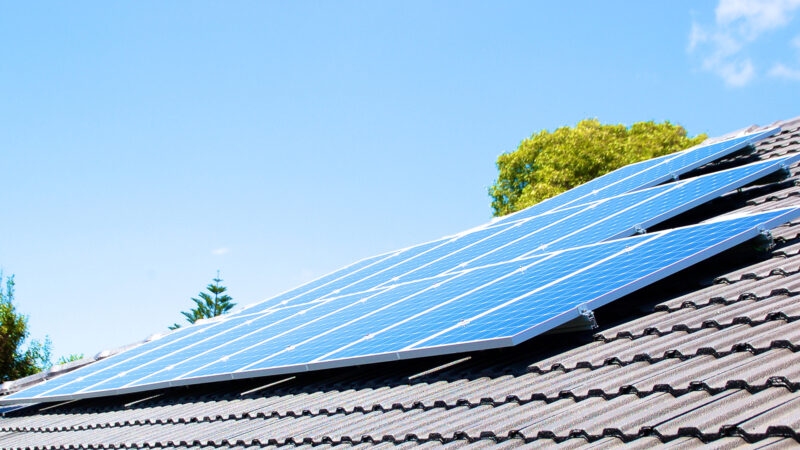What is a soil carbon programme?
What is a soil carbon programme and what can it do to improve my farm and finances?
“Soil carbon sequestration is a naturally occurring process that involves atmospheric carbon dioxide capture and storage in soils. Carbon atoms constantly move from the atmosphere to the Earth and then back to the atmosphere. The world’s soil, along with forests and oceans, is a major carbon sink—it has the ability to absorb and store massive amounts of carbon from the atmosphere. Because our planet and its atmosphere are a closed environment, the amount of carbon in this system does not change. Where the carbon is located, however, in the atmosphere or on Earth, is constantly changing. Since the industrial revolution, human activities, including conversion of grasslands and other ecosystems to industrial agriculture uses, have degraded soils and led to the release of billions of tons of carbon from soils into the atmosphere.”

There is a lot of misunderstandings and confusion about what a soil carbon programme is and how it works. Farmers know how to manage and grow a wide variety of crops and livestock, but are not always as knowledgeable about what is going on beneath the topsoil.
At the end of last year the Clean Energy Regulator (CER) streamlined further the application process to register a soil carbon programme for Australian Farmers.
If through better environmental practices, farmers can improve the levels of carbon in their soil, it can be worth hundreds of thousands, or possibly millions of dollars of carbon credits that can be claimed by the farm owner as part of a long term investment programme.
The registration process with the CER can be tricky, and involve a bit of effort and capital to set up, but once implemented, soil carbon can accumulate in the background with one or two soil sample audits, and after five to ten years, be a welcome top up to any superannuation or retirement fund!
Australian Carbon Credit Units (ACCU’s) are drought proof, fire proof and have been rising sharply in value over the last year as large businesses want to buy them to offset their own carbon footprints to meet corporate goals. The farmer who successfully grows soil carbon can see unintended benefits of healthier soils, better crop yields, better water retention and cleaner run off due to the lack of synthetic pesticides and fertilizers the farm is now using.
Carbon farming is not for everyone, but If you or your farm manager is interested in finding out more about this process, ABS can help arrange an environmental audit of your current level of carbon in the soil, and provide a professional assessment of the potential returns and what the capital outlay is required to get registered.
If you would like an environmental assessment or to find out more about soil carbon, send us an email at info@abses.com.au or call 0434557094
For a more detailed explanation of soil carbon and soil sampling this you tube video is very helpful.




































